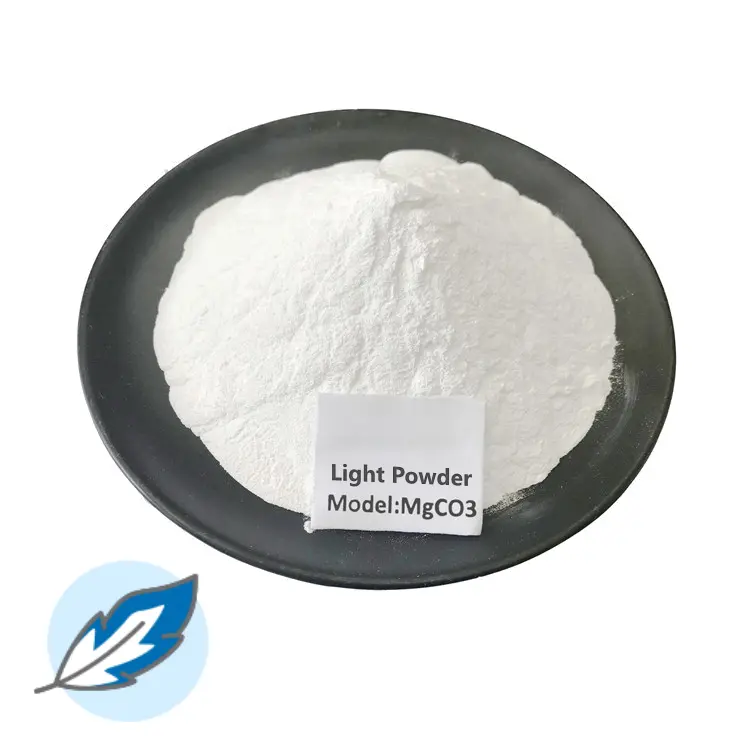Hebei Messi Biology Co., Ltd. stated that the molecular formula of light magnesium carbonate can usually be expressed as XMgCO3YMg(OH)2ZH2O, where the values of X, Y and Z vary with different preparation conditions. Light magnesium carbonate has a wide range of uses in industry. It can be used as a filler and reinforcing agent for rubber products, insulation materials and heat insulation and high-temperature resistant fireproof insulation materials. It can also be used to manufacture high-grade glass products, magnesium salts, pigments, It is a raw material for paints and daily chemicals, and can also be used in medicine and the preparation of light magnesium oxide. Since the composition of light magnesium carbonate has a great influence on its use, it is very important to determine the molecular composition of light magnesium carbonate.
With the continuous development of thermal analysis technology and the wide application of thermal analyzers, studies on the decomposition reaction of light magnesium carbonate using thermal analysis methods are often reported in the literature. Different authors have used different analysis methods and obtained different conclusions. . The dehydration and thermal decomposition process of light magnesium carbonate was studied using thermogravimetric and differential thermal analysis methods. It is believed that the dehydration and decarbonation process of light magnesium carbonate is a continuous process and its molecular composition cannot be determined.
The thermal decomposition of light magnesium carbonate was studied using DTA, and it was believed that the decomposition of light magnesium carbonate is an exothermic process that can be carried out in two steps. Later, DSC was used to investigate the thermal decomposition phenomenon of 4MgCOMg(OH)24H2O. It was believed that the thermal decomposition had a single exothermic peak at 504°C, and the addition of alumina resulted in a two-step exothermic process. The light magnesium carbonate prepared under different conditions was analyzed by TG, DTG and DTA methods. The conclusion is that the thermal decomposition of light magnesium carbonate prepared under different conditions and the surface area of the magnesium oxide generated therefrom are quite different. However, the use of thermogravimetric analysis to directly determine the molecular composition of light magnesium carbonate has not yet been reported in the literature.
According to the Gibbs free energy and standard heat of formation data of H2O, Mg(OH)2 and MgCO3 in the composition of light magnesium carbonate in the pure state, it can be calculated that their transformation temperatures under standard atmospheric pressure are 100, 271℃ and 387℃, which are quite different from each other, so the molecular composition of light magnesium carbonate can be determined by measuring the weight loss of its decomposition reaction.

